Trying to get quality backlinks from international domains?
You need to have a more targeted approach to get quality local backlinks.
Having helped many clients over the years, I know a thing or two about international link building.
And in this post, I will share some tricks and strategies that have worked well for my clients.
How I Build International Backlinks
1. Plan Your International Link Building Strategy
↳ Start with identifying your target markets.
Use data from tools like Google Analytics to discover which international markets are already sending traffic to your site.
For instance, if you notice significant visits from France or Germany, those regions may represent strong opportunities.
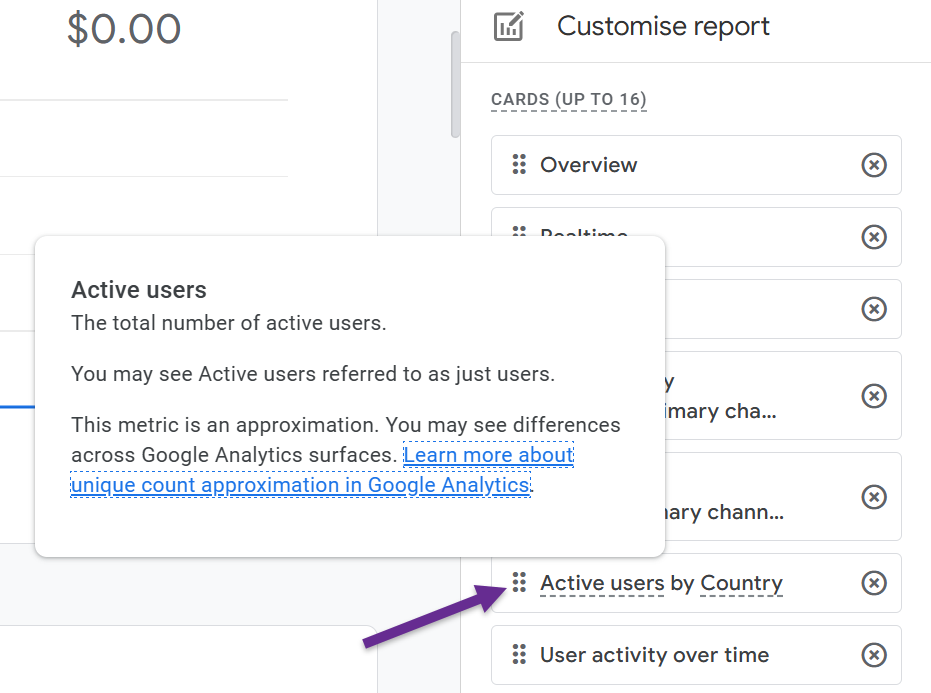
Focus on markets where your content can naturally resonate, and prioritize those regions to maximize the return on your efforts.
↳ Understand the local SEO environment.
While Google is dominant in most markets, regions such as Russia and China rely on local search engines like Yandex and Baidu. So, depending on which country you’re targeting, you might want to optimize your link-building strategy according to their local search engines.
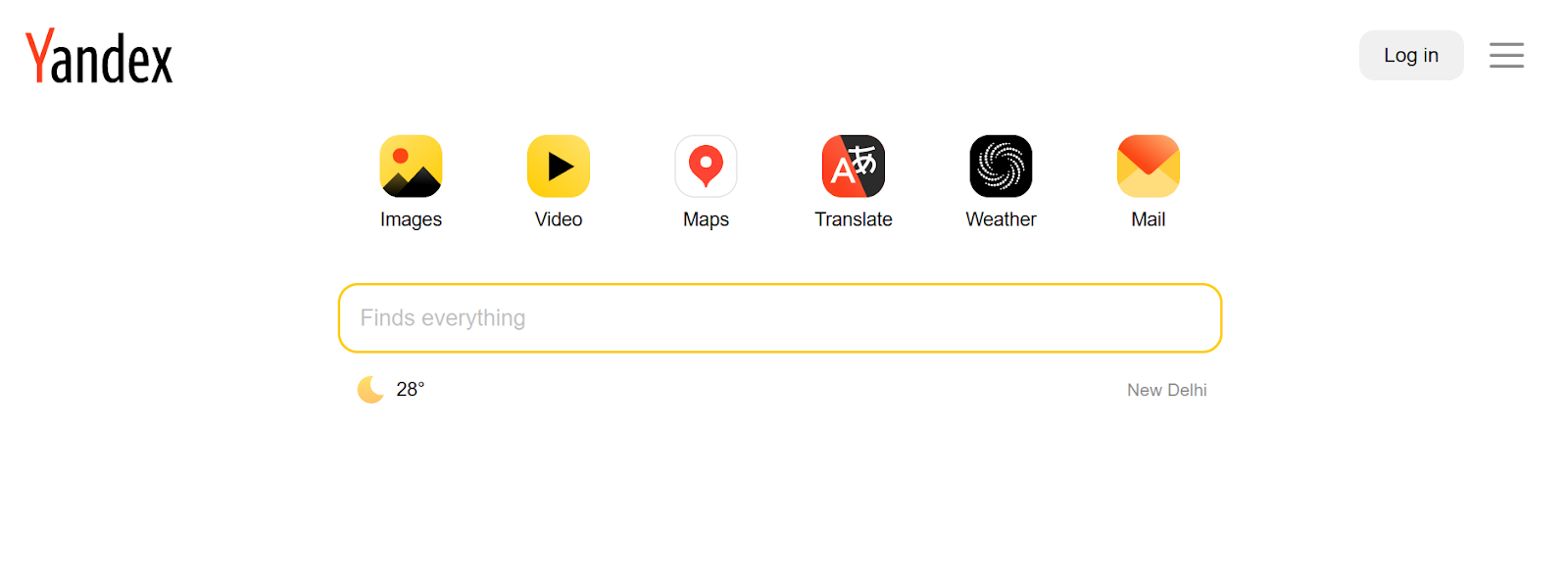
Research local SEO practices and understand market-specific platforms and tactics that work best in your target region.
↳ Research the cultural & language.
You need to truly localize your link-building outreach if you’re aiming for international backlinks. Adapt your content to reflect local customs, idioms, and preferences.
Instead of merely translating your text, invest in professional localization or work with native copywriters. This extra effort will help make your outreach emails and content resonate naturally with local audiences, improving your engagement and overall credibility.
↳ Add localized pages to your website.
I also recommend technically optimizing your website for international visitors by creating localized pages. Use country-specific subdirectories (e.g., yoursite.com/fr/ for French audiences) or country-code top-level domains (ccTLDs) to signal relevance.
Look at how HM France does it.
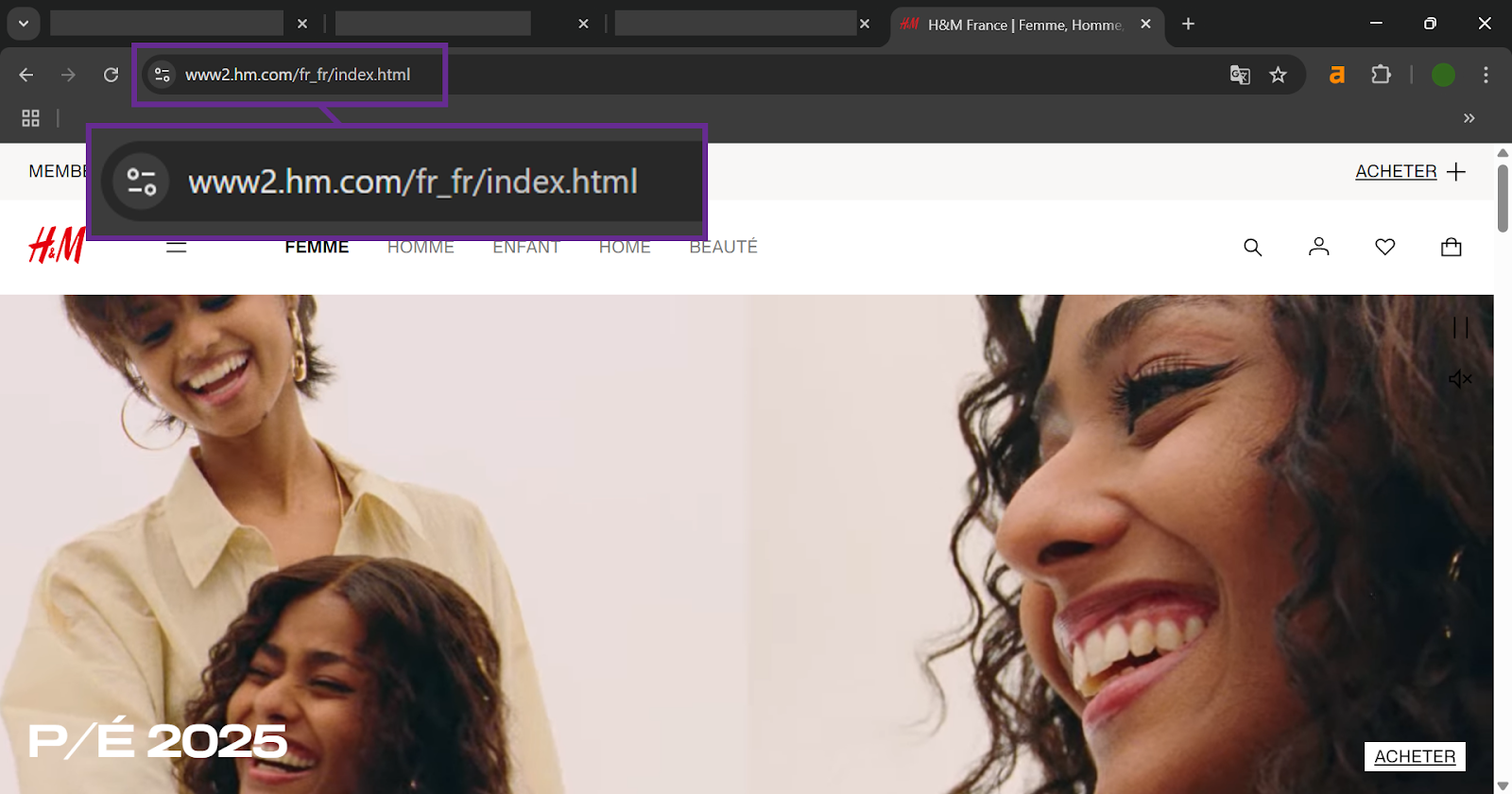
Implement hreflang tags to help search engines deliver the correct version of your content, and make sure all your localized pages are fully optimized for local keywords and user experience.
2. Research Competitors’ International Backlinks
Understanding where your competitors earn their authority can help you find amazing link opportunities.
↳ Use Semrush to to Find Opportunities
Open Semrush and go to Backlink Gap. Enter your and your competitors’s domains (up to 4) that perform well in your target market. Then click Find Prospects.
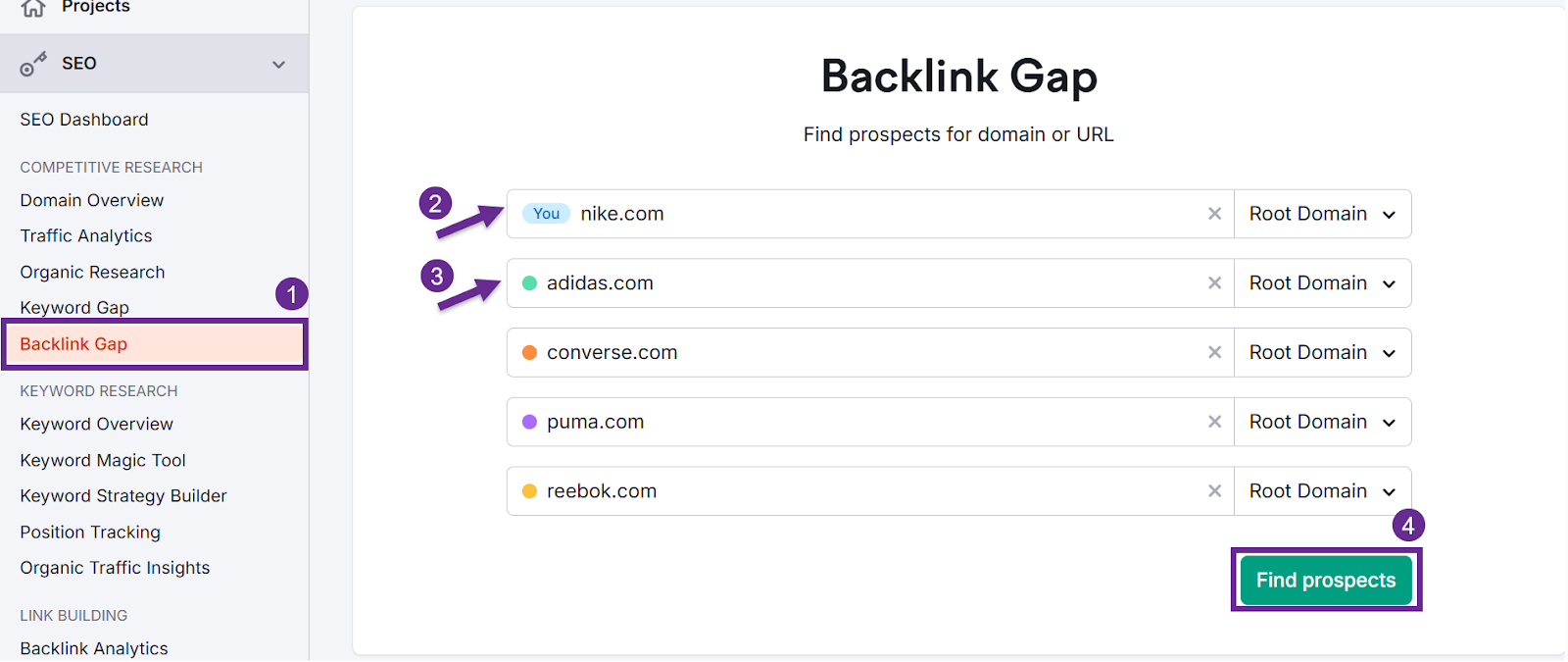
This will show you a list of domains that are linking to your competitors but not you. Click Advanced filters and select your target country to find results relevant to that particular region only.
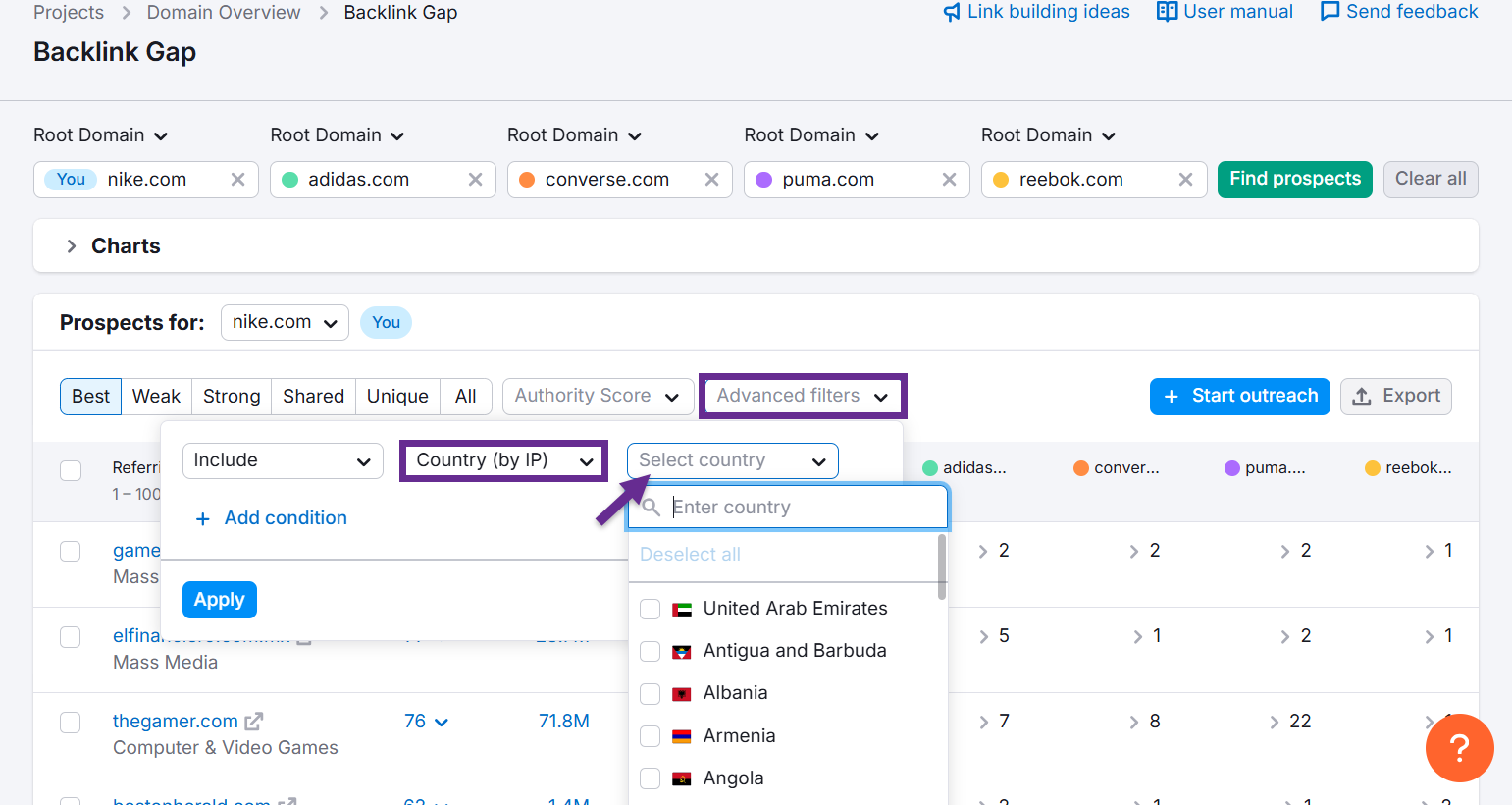
Export this information to build a detailed list of prospects for international link-building outreach.
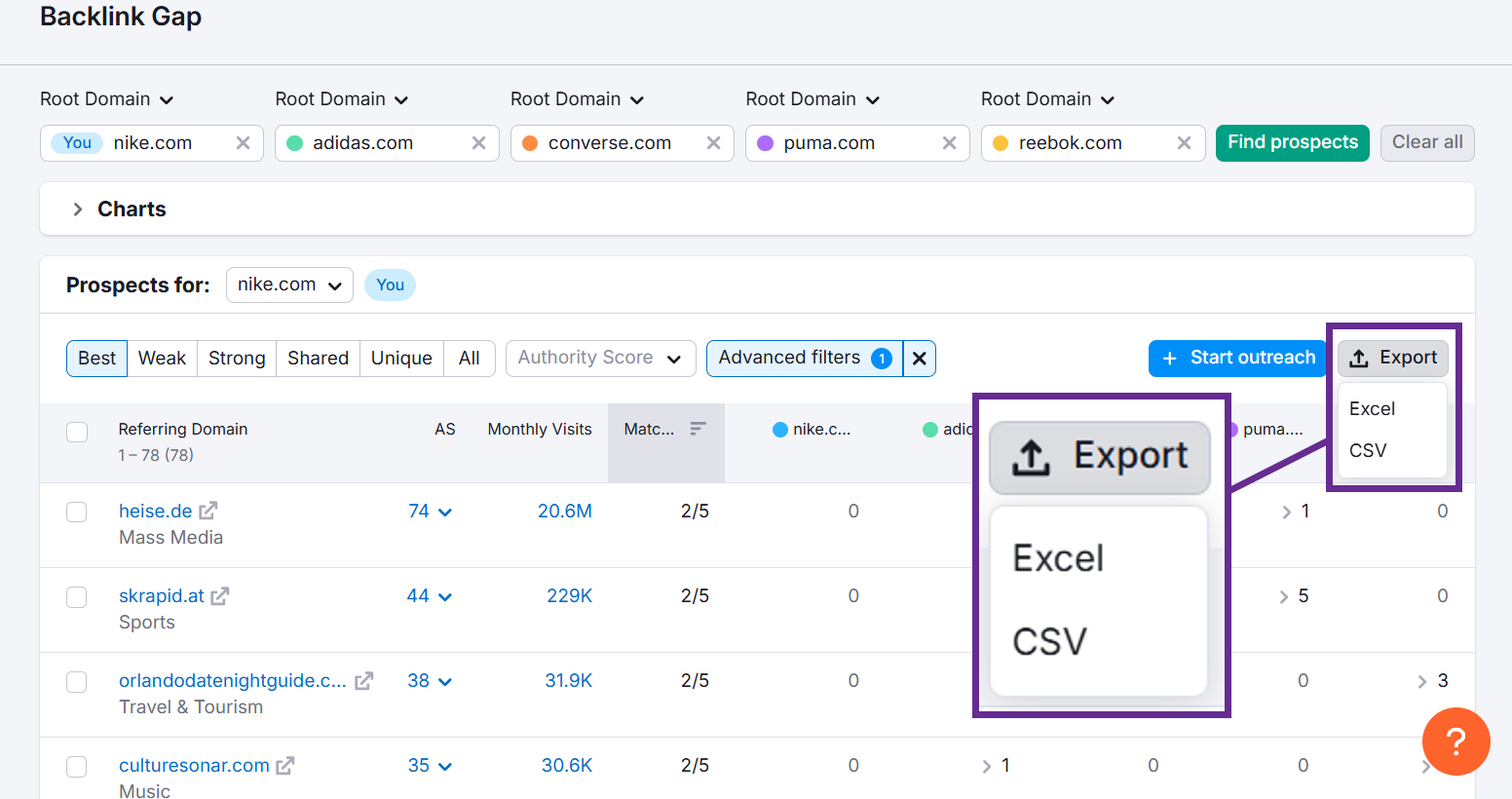
↳ Identify and organizing prospects.
After gathering the data, examine the list for recurring link sources. If many of your competitors receive backlinks from a particular website or directory, that source is likely receptive to quality content.
Create a detailed spreadsheet that includes the website name, URL, contact information, and notes on why each site is a good target. Organizing this information will help make your outreach process more efficient and make sure that you approach only high-quality, relevant sites that are likely to give you links.
3. Create Localized, Link-Worthy Content
Needless to say, you need to create quality content to make high-authority domains link to it. So, when it comes to international link-building, you need to create content that is not only genuinely valuable but also tailored to local audiences.
So, create localized, link-worthy content that attracts natural backlinks from your target location.
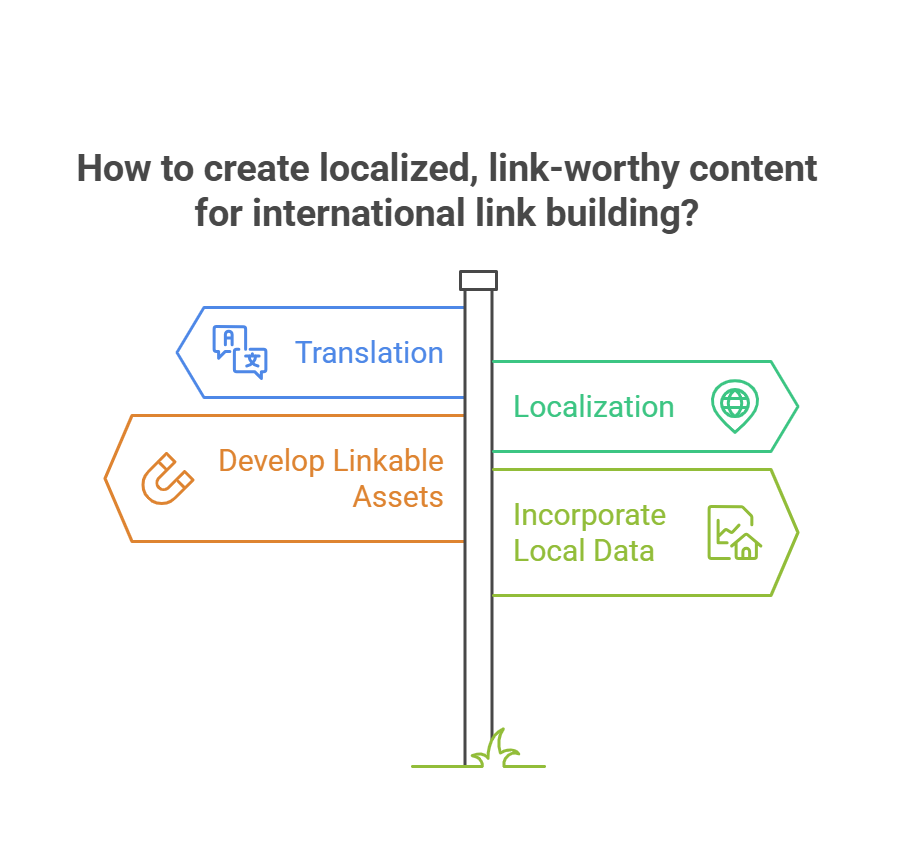
↳ Translation vs. Localization
If you want your content to truly resonate with a local audience, just translation won’t do. You also need to localize your content to make sure it fits the cultural context and language nuances of your target market.
This means reworking examples, images, and tone to make your content feel native. For best results, I suggest hiring local content writers who have native-level proficiency.
↳ Develop locally-relevant linkable assets.
Focus on creating high-quality assets that others want to link to. These assets might include in-depth guides, detailed case studies, interactive tools, or visually appealing infographics that cover topics relevant to the target market.
For example, a guide on “SEO Trends in France” with localized data and examples can position your site as an authoritative resource and earn backlinks from French blogs and news outlets.
↳ Incorporate local data and examples.
To make your content even more relevant, incorporate local data and real-world examples from the target market– like local statistics, case studies, quotes from local experts, etc.
This will not only give more depth to your content but also signal to local website owners that your information is tailored specifically for their audience– increasing the likelihood of earning backlinks.
4. Personalize Outreach and Build Relationships in Target Markets
Personalizing your outreach is very important for earning international backlinks. This will help you build trust and good relationships with local website owners.
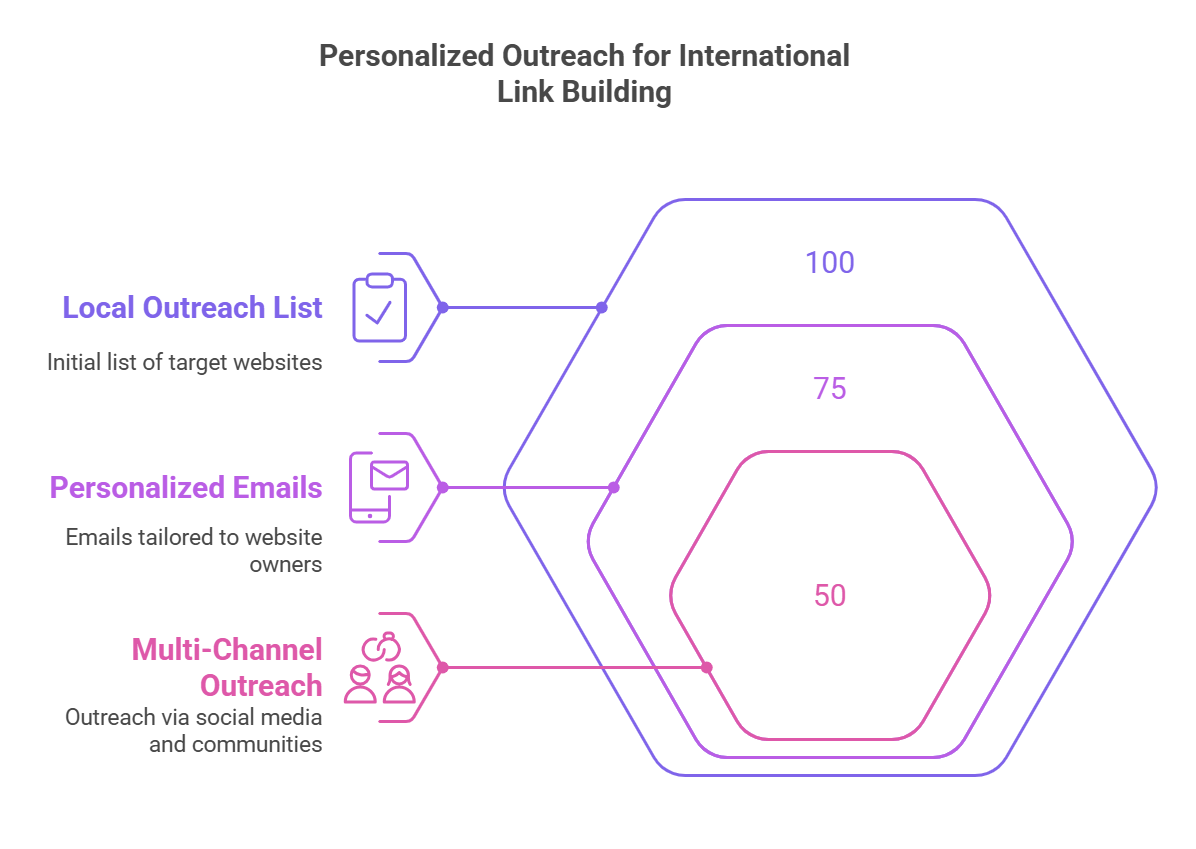
↳ Make a local outreach list.
Develop a detailed outreach list using the information gathered from competitor research and additional local directories. Add essential details such as the website name, URL, contact person’s name, and email address. This is important in order to make sure that you are targeting high-quality, relevant sites in your desired markets.
↳ Personalize your outreach emails.
Your local link-building outreach campaign depends on how well you personalize your message for local website owners. Customize each email by addressing the recipient by name, mentioning specific details about their site, and explaining how your localized content offers value to their audience.
When possible, write in the local language or include a few local phrases to create a genuine connection. This increases the chances of receiving a positive response and securing a backlink.
↳ Try multiple outreach channels.
Do not limit yourself to email alone. Try to reach out to your prospects on social media and through local online communities. Join local industry groups, participate in discussions, and share relevant content. These tricks can help establish familiarity and trust, improving your chances for when you eventually contact them directly.
5. Try Local Directories, Citations & Listings
Local directories and citation sites offer quick wins for your international link building strategy. This approach involves securing backlinks from reputable local listings to boost both authority and local SEO.
↳ Identify reputable local directories:
Search for local business directories, industry-specific listings, and government or chamber of commerce websites in your target market. These directories are often trusted sources by search engines and users alike.
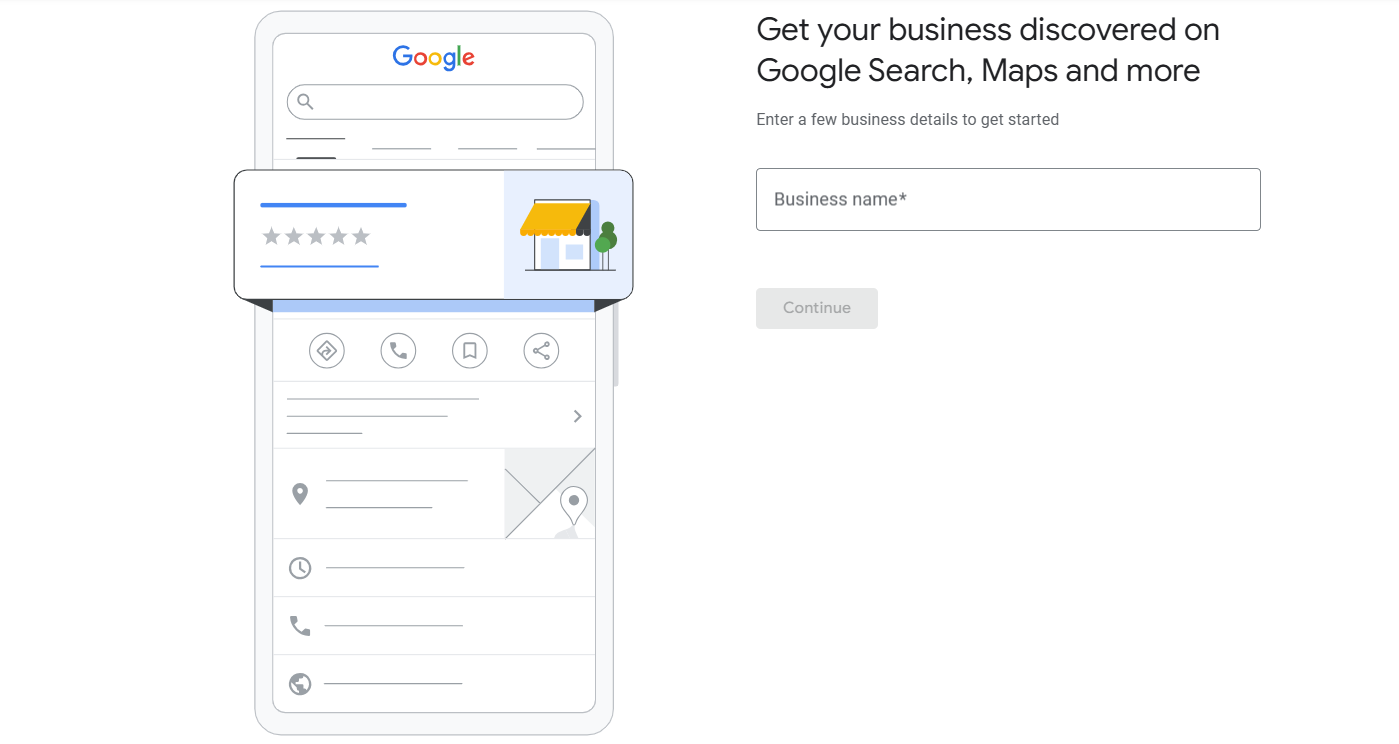
When submitting your website, make sure that your NAP (Name, Address, Phone) information is consistent across all entries to build credibility.
↳ Set up a local online presence.
In addition to directories, register your business on platforms like Google My Business or local equivalents if you have a physical presence. Even if these links are nofollow, they add to your overall local credibility and can drive referral traffic.
High-quality listings on review sites or local forums further strengthen your backlink profile while enhancing your visibility in the local market.
6. Improve Your Local, Social Media Presence
Social media is a vital tool for spreading your content and generating natural backlinks. This strategy focuses on leveraging social channels to increase the reach and visibility of your localized content.
↳ Choose the right social platforms.
Research which social media platforms are most popular in your target market. While global networks like Facebook and Instagram are widely used, some regions prefer local platforms (e.g., Weibo in China, VKontakte in Russia).

Create profiles or dedicated pages for your brand that speak directly to these local audiences, using language and imagery that resonate with them.
↳ Promote your localized content.
Share your localized content consistently on these platforms. Use relevant local hashtags and keywords to boost discoverability. Engage actively by responding to comments, sharing posts from local influencers, and participating in local online discussions. This active presence not only increases brand awareness but also encourages local sites and influencers to link to your content naturally.
↳ Monitor brand mentions.
Set up alerts using tools like Google Alerts or social media management platforms to monitor when your brand is mentioned in the target market. If you find that someone is discussing your content without linking to it, reach out with a friendly request to add a link. This proactive approach can quickly convert mentions into valuable backlinks.
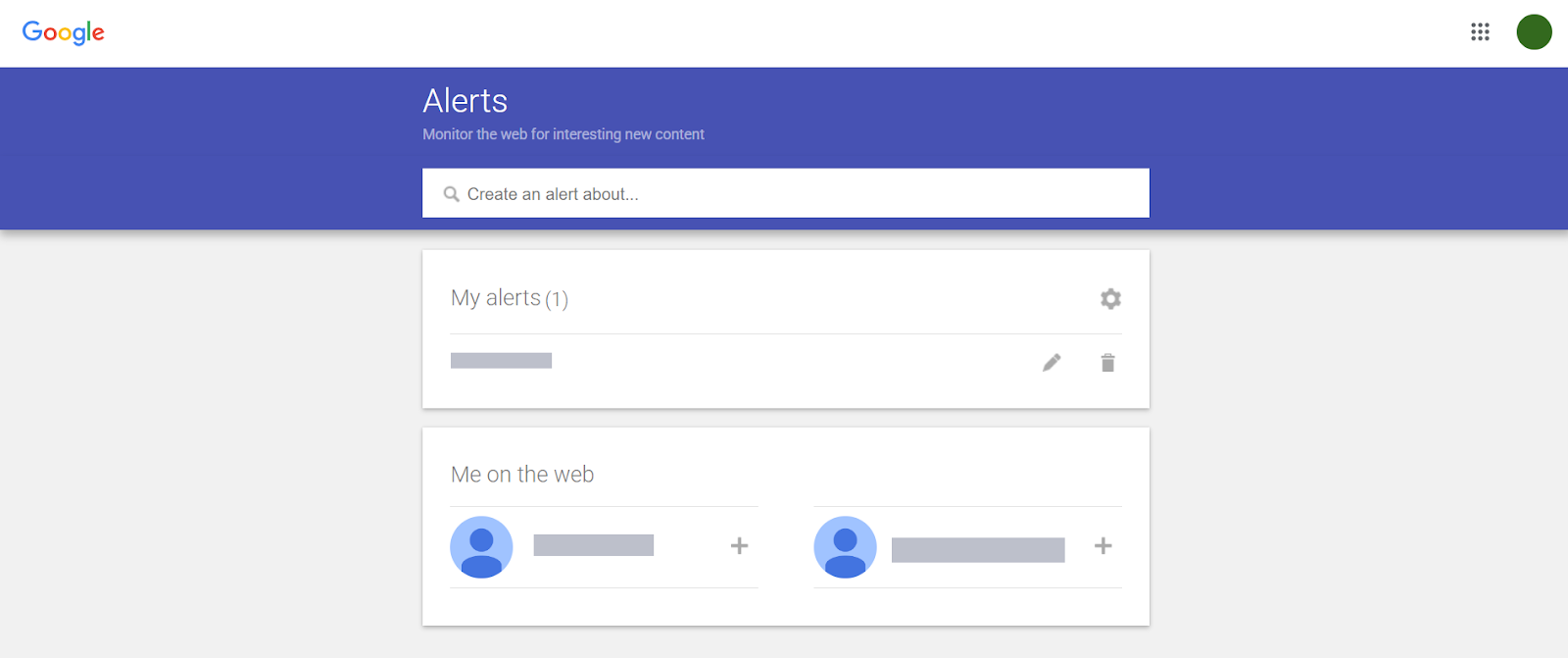
More Tips for International Link Building
↳ Redirect Existing Corporate Links
If your website already has backlinks from international domains, consider redirecting these links to your localized pages. Contact the webmasters linking to your main domain and explain the benefits of updating their links to the local version. This transfer of link equity can significantly enhance the performance of your localized content in search results.
↳ Press Releases & Media Outreach
Craft and distribute localized press releases when you have noteworthy news—such as launching a local office, product, or service. Write these releases in the local language and include data and quotes that appeal to local audiences. Distributing your press release to local media and news sites not only earns backlinks but also boosts your brand’s credibility in the target market.
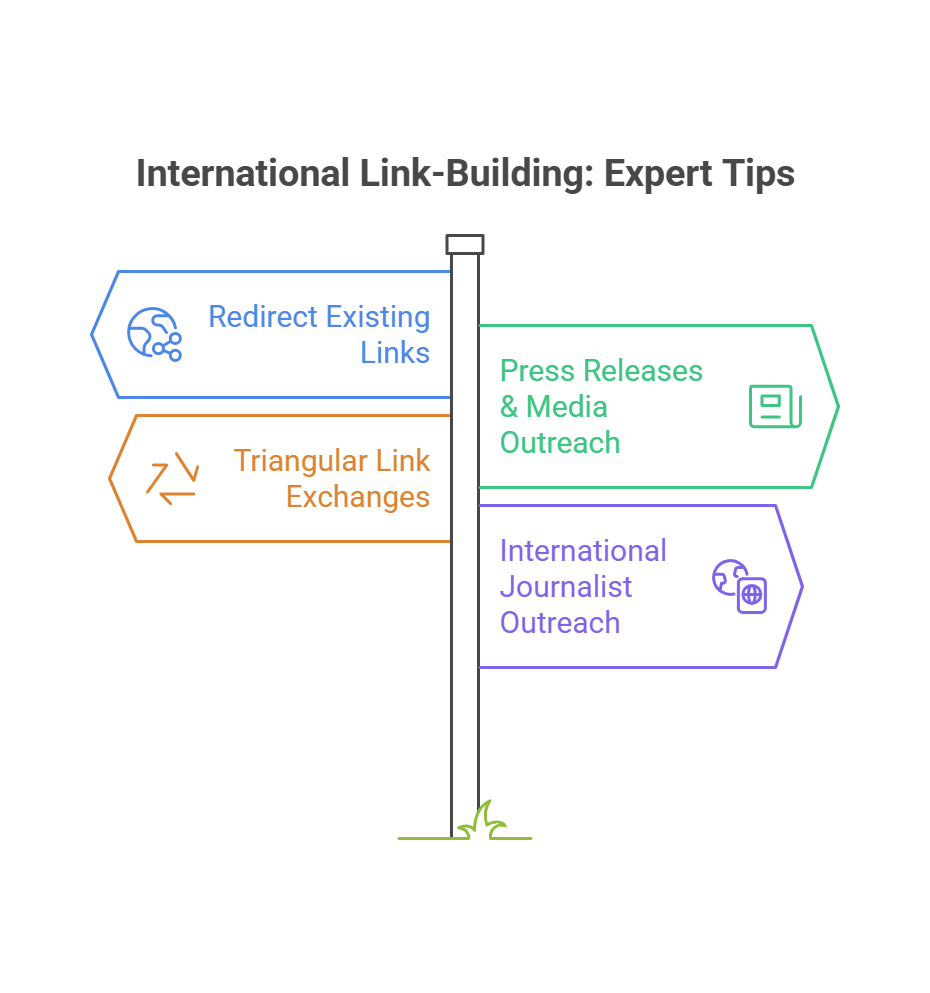
↳ Triangular Link Exchanges
In a triangular link exchange, you collaborate with two or more websites in an indirect manner. Instead of a simple one-to-one link swap, arrange a scenario where you contribute a guest post for one site, which then links to a partner site, and that site, in turn, links back to you. This minimizes the risk of penalties while creating natural connections among sites.
↳ International Journalist Outreach
Use media placement outreach tools like Qwoted to connect with international journalists looking for expert insights. Respond to relevant queries with valuable data and opinions. When your contribution is featured, you typically get a backlink.
Building a Global Backlink Profile
International link building takes time and consistent efforts if you want sustainable growth and establish your brand as a global authority. So, be patient, use the right tools, and keep auditing your backlink profile as you gain more international backlinks.
Check out these guides for international and local SEO strategies:
↳ How to do international keyword research?
↳ How to get keyword search volume by cities?
↳ How to do local keyword research for small businesses?
Frequently Asked Questions
International link building involves acquiring backlinks from websites based in other countries or languages. It helps businesses reach global audiences, boost authority across multiple geographic regions, and improve search rankings in targeted international markets. This strategy often includes translating content and collaborating with region-specific sites relevant to your niche.
Yes, link building remains highly effective. Quality backlinks are a significant ranking factor for Google. They signal authority, relevance, and trustworthiness. However, the focus has shifted toward obtaining fewer, high-quality links from reputable sites rather than numerous low-quality links. Strategic, ethical link building consistently yields SEO results.
The purpose of link building is to boost website authority and improve search rankings by obtaining backlinks from other sites. Links act as endorsements, signaling trust and relevance to search engines. Effective link building drives organic traffic, increases visibility, and helps build brand credibility and reputation online.
Google supports natural link building but strongly discourages manipulative or paid link schemes. According to Google’s guidelines, valuable content naturally attracts quality backlinks. Google penalizes artificial link practices like excessive link exchanges, buying links, or spammy linking. The emphasis is on earning rather than artificially creating links.
A link builder identifies relevant, authoritative websites to earn backlinks from, performs outreach, builds relationships, and pitches valuable content or collaboration ideas. They analyze competitor backlinks, create linkable content, and manage link acquisition campaigns, aiming to increase organic rankings, referral traffic, and site authority ethically.

